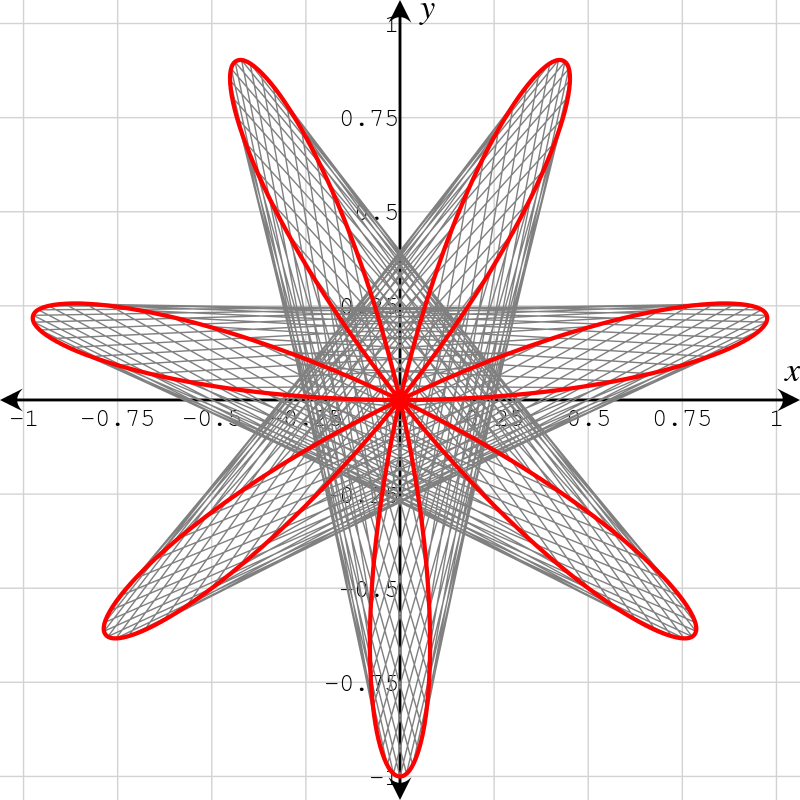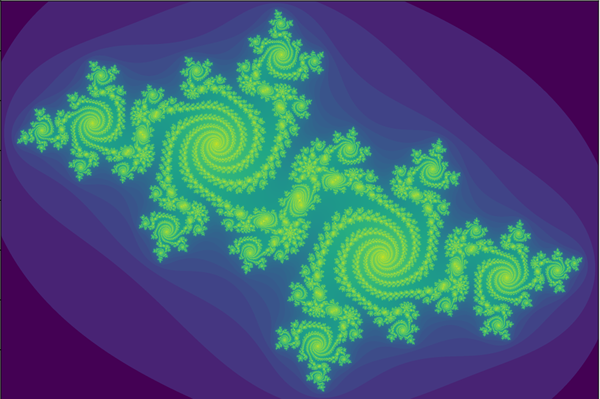
If you’ve spent enough time training in some sport, dancing, yoga, or anything that teaches you specific physical skills, you probably know the feeling that comes when you do something especially well. It’s the feeling of moving not just correctly and efficiently but also beautifully. You can’t see yourself as an outsider would, but you feel the beauty in your muscles and bones.
Many avid sports spectators rave about beautiful moves, shots, or games they watched. Soccer is often called “The Beautiful Game”, and the great Brazilian soccer player Pelé popularized the expression when he named his autobiography My Life and the Beautiful Game. Martial arts, of course, are so popular in the movies because they look amazing when performed by a trained master. Naturally, movies often use exaggerated moves, props or digital editing to make it look even more impressive.
You don’t have to be Pelé, to play soccer or do martial arts to feel that what you’re doing is beautiful. You can even be doing math.

On the purely visual lever, you can easily find beautiful pictures in math, from curves to fractals. Going deeper, a mathematical result or proof is often considered beautiful if it’s creative, simple, deep, and uses unexpected insights. One way is establishing connections between two seemingly unrelated areas of mathematics. As an example, this equation is often called the most beautiful equation in mathematics. It connects five fundamental mathematical constants in a surprisingly concise way.
\[e^{iπ} + 1 = 0 \]Here are a couple of examples on a more elementary level:
Pythagorean theorem ( \(a^2+b^2=c^2\), where \(a,b\) and \(c\) are sides of a right triangle) is a beautiful formula connecting geometry and algebra, and providing a basis for the whole analytic geometry. Especially amazing is the fact that \(3^2+4^2=5^2\). The famous Fermat’s theorem, stating than \( a^n+b^n \neq c^n \) for \( n>2\), shows another facet of this. This very simple-looking result required hundreds of years of tries and a lot of heavy artillery math to prove.
You have probably heard about Fibonacci numbers. It’s the sequence: 1,1,2,3,5,8,13,21…
Here, each term, starting from the third, is a sum of two previous terms. Surprisingly enough, the terms of this sequence can also be calculated using the golden ratio \(\phi =(1+\sqrt{5})/2 \), and the ratio between two successive terms of this sequence approaches the Golden Ratio. The Golden Ratio appears in art and architecture as the most visually pleasing ratio
Naturally, if a movement or a formula feels beautiful that doesn’t necessarily mean it’s correct. If you suddenly break into dance in the middle of a karate competition, this may look great but won’t get you far with the judges. A mathematical proof can be very elegant and simple but still incorrect, just ask the mathematicians who had to endure a steady stream of amateurs with “proofs” of the Fermat’s Theorem. Or consider this very cute proof that -1 =1:\[−1=(−1)1/3=(−1)2/6=((−1)2)1/6=11/6=1\]
Feeling that what you’re doing is beautiful and right is one of the best emotional experiences that can happen to humans. If you haven’t experienced this yet, keep learning and striving for a deeper understanding, and it will hit you some day. Just don’t forget to double-check you’re right!
Learn more
A scholarly article about mathematical beauty by V. Rani Satyam (MSU)
